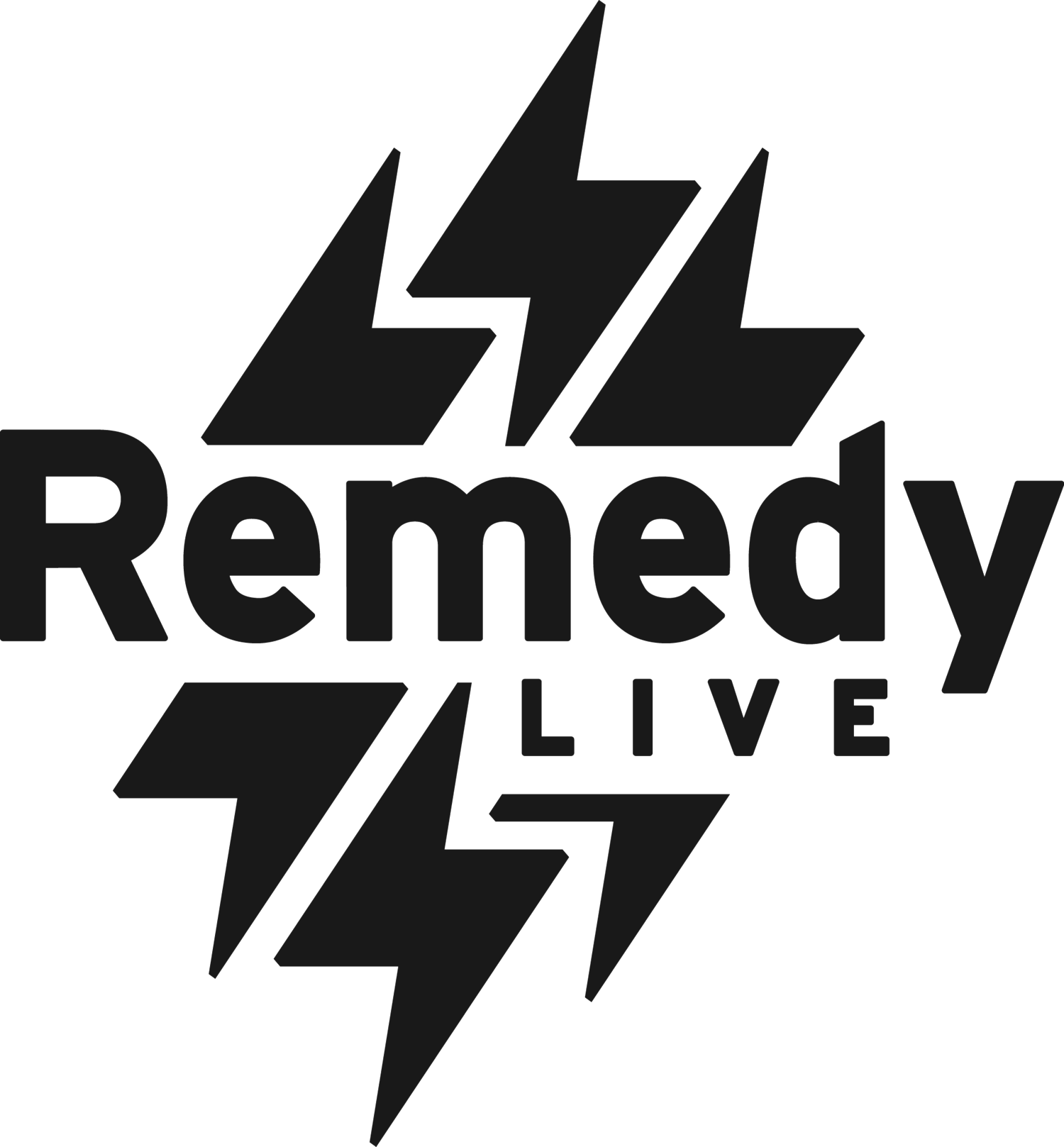DAILY MENTAL WELLNESS TIPS
REST • GOALS • CIRCUMSTANCES • RELATIONSHIPS
THE PAST • OUR BIOLOGY • HOBBIES & COPING
INTERACT WITH EACH POST BY DOING THE CORRESPONDING SURVEY
Practicing Good Hygiene
While there are many physical benefits to good hygiene, there’s also an impact socially. People who take care of themselves in these ways tend to be more confident and have higher self-esteem. This boosts productivity at work or school, increases positive self-talk, and puts the person in a better mood. On the other hand, those who don’t practice good hygiene tend to have lower self-esteem and have increased thoughts of anxiety and irritability. It seems as though the saying holds true: look your best, feel your best!
Catastrophizing
“How many of you have watched CSI, NCIS, Law & Order, Bones, or any other crime show on television?” Cue about 80%-90% of the hands being raised. The fact is that we often give ourselves a steady diet of violent images without even realizing it. That in turn feeds our own inability to be vulnerable and experience joy because the fearful images of what could happen are already stockpiled in our brains.
Embracing Creativity
ust because you may not think you’re “right-brained” doesn’t mean you don’t use creativity every day or wouldn’t benefit from it. Whenever you’re creating something, you tend to get “lost” in the activity - it requires more thought and concentration than it seems. This total absorption is sometimes considered to be “flow.” Being in this state of mind is caused by changes in brain function - brain waves slow down and original thoughts are easier to form. The prefrontal cortex actually deactivates for a time, which helps us be more courageous and less critical of our ideas. Endorphins, serotonin, and dopamine are all released in abundance - who wouldn’t want that? This is similar to how your brain would act during yoga, mindfulness, and meditation, such a natural feeling of contentment (Brenner, 2019).
Routines
A psychiatric study found that people who prefer an active daytime routine over a nighttime routine have better sleeping cycles. These healthier sleep cycles are associated with improved mental health and decreased likelihood to develop emotional difficulties. Furthermore, routines can lower stress levels and promote healthy daily habits. They can also boost productivity and focus. Not-surprisingly, routines are often recommended for individuals who have ADHD, insomnia, bipolar disorder, addiction, and depression. When you know what to expect and have some mental organization, it’s much easier to work through any symptoms of mental health conditions. Creativity can also thrive on structure! Creating a process for the everyday-things of life can release space for other, more important things (Plata, 2018; Cherry, 2020; Robins, n.d.).
Drug Use
I write about my high school experience light-heartedly, but drugs are something to take seriously. They can impact every aspect of our mental and physical state. I’ll talk about that, but first, let’s talk about categories of drugs. There are 3 categories based on their effect: stimulants, depressants, and hallucinogens (Types of drugs, 2021).
Depression
Around 21 million adults in the U.S. had at least one major depressive episode based on SAMHSA data from 2020 - this is about 8.4% of all adults. The prevalence of a depressive episode was almost 2x higher in women than men, and 18-25 year olds were the most affected.







